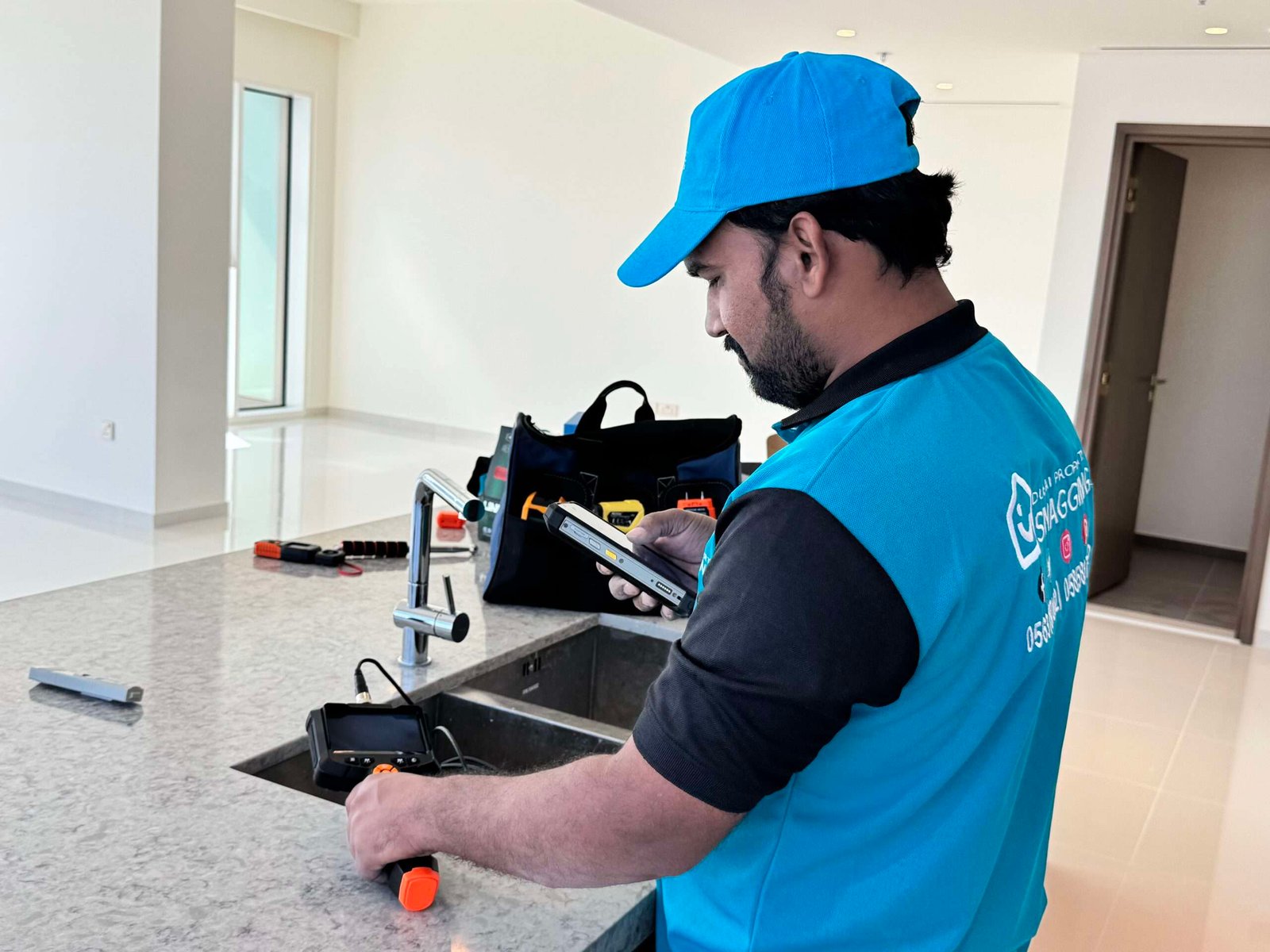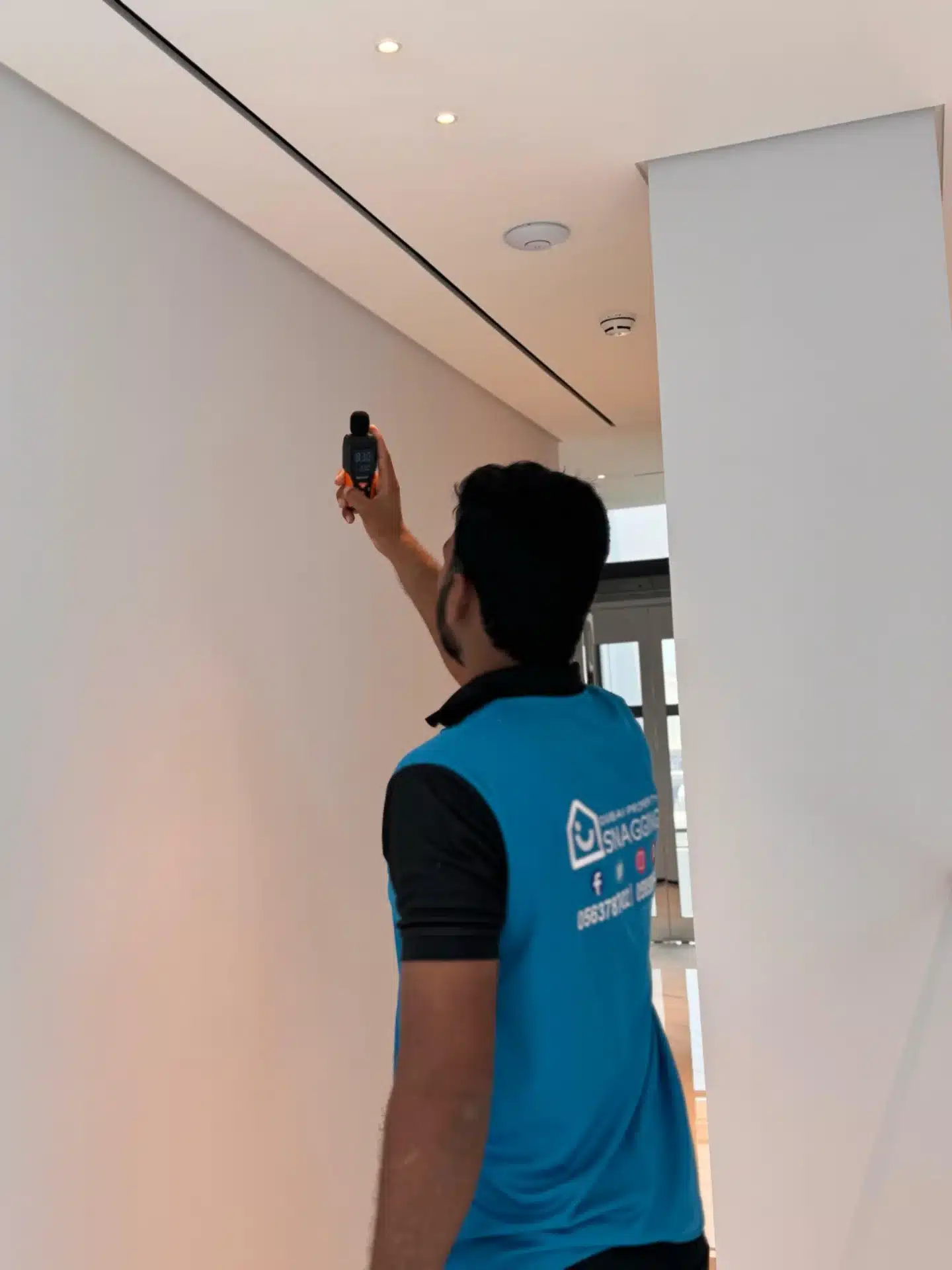A Beginner’s Guide to Property Snagging: Everything You Need to Know
What is Property Snagging?
Property snagging is the process of inspecting a newly built or handed-over property to identify any defects, unfinished work, or poor-quality finishes. The purpose of snagging is to ensure that the developer or builder fixes these issues before the buyer moves in.
A professional property snagging inspection helps property owners detect construction defects, ensuring their investment meets the highest quality standards. From minor cosmetic issues to major structural concerns, snagging covers every detail of the property.
Why is Property Snagging Important?
Buying a new home or property is a significant investment. Without a proper inspection, buyers may face hidden defects that could lead to costly repairs. Here’s why property snagging is essential:
- Detects Construction Defects – Identifies cracks, leaks, and faulty installations before they worsen.
- Ensures Developer Accountability – Developers must fix defects found during the snagging process.
- Saves Time & Money – Fixing issues before moving in prevents costly post-handover repairs.
- Enhances Property Value – A defect-free home retains its long-term value.
- Provides Peace of Mind – Ensures that your property meets quality and safety standards.

What Does a Property Snagging Inspection Cover?
A thorough property snagging inspection evaluates all aspects of a property, including:
1. Structural Integrity
- Cracks in walls, ceilings, and floors
- Uneven or misaligned surfaces
- Weak foundations and construction defects
2. Electrical Systems
- Faulty wiring and electrical connections
- Malfunctioning sockets and light switches
- Circuit breaker and fuse box safety
3. Plumbing & Drainage
- Leaking pipes and faulty water pressure
- Poor drainage or blocked pipes
- Defective water heating systems
4. HVAC & Ventilation
- Air conditioning functionality and efficiency
- Ventilation system performance
- Thermostat accuracy and controls
5. Finishing & Fixtures
- Paintwork, tiling, and flooring quality
- Doors, windows, and locks functionality
- Kitchen and bathroom fittings alignment
6. Waterproofing & Insulation
- Roof and wall waterproofing issues
- Poor insulation leading to energy inefficiency
- Signs of moisture damage or mold
When Should You Conduct a Property Snagging Inspection?
The ideal time for a snagging inspection depends on the stage of property ownership. Here are the best times to get your property inspected:
- Before Handover – Ensuring the property is defect-free before finalizing the purchase.
- During the Defect Liability Period (DLP) – Developers offer a warranty period where they are responsible for fixing any issues.
- Before Selling or Renting – A well-maintained property attracts better buyers and tenants.
How to Choose a Professional Property Snagging Company?
Hiring an expert ensures a detailed and unbiased property inspection. When choosing a snagging company, look for:
✅ Experienced Inspectors – Professionals with knowledge of construction standards.
✅ Advanced Tools & Equipment – Infrared cameras, moisture meters, and precision instruments.
✅ Comprehensive Reports – Easy-to-understand snagging reports with photographic evidence.
✅ Follow-Up Support – Ensuring defects are fixed before the final handover.
Conclusion: Protect Your Investment with Property Snagging
Property snagging is a crucial step for homebuyers and investors, ensuring a defect-free and high-quality property. By identifying issues early, you can avoid unexpected repair costs and secure a safe, well-built home.
📞 Book your property snagging inspection today and safeguard your investment!
Also Read about:




